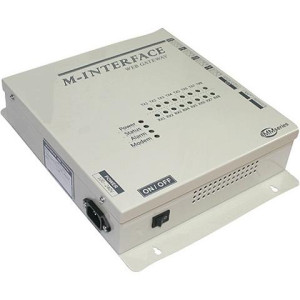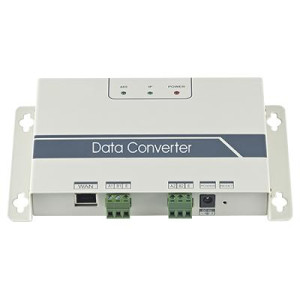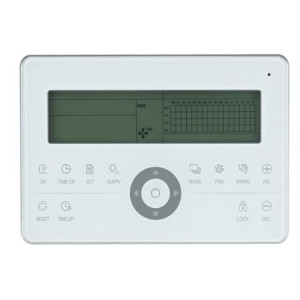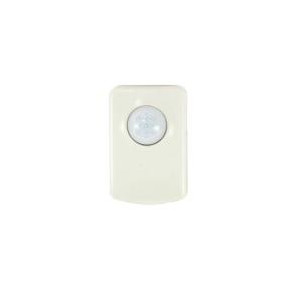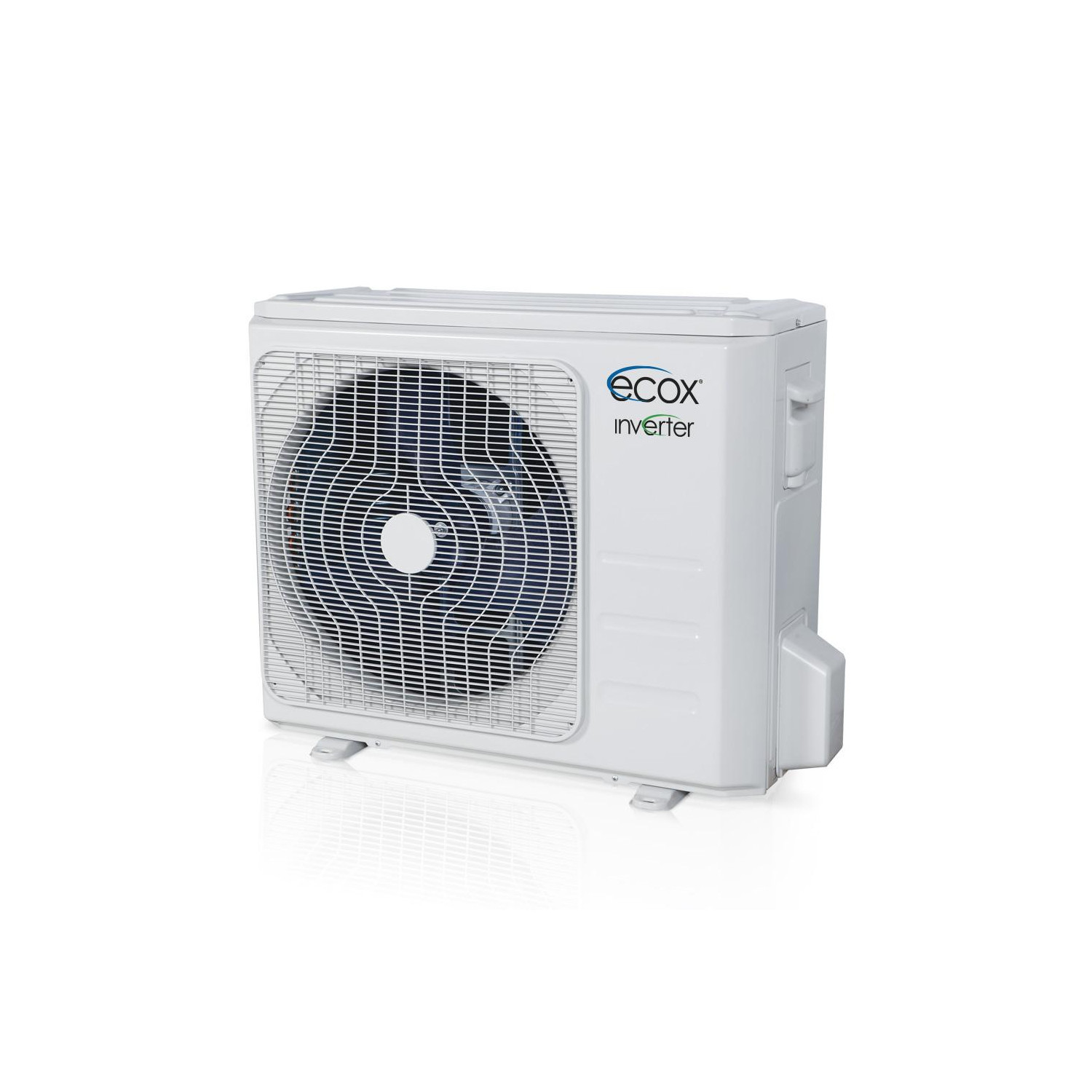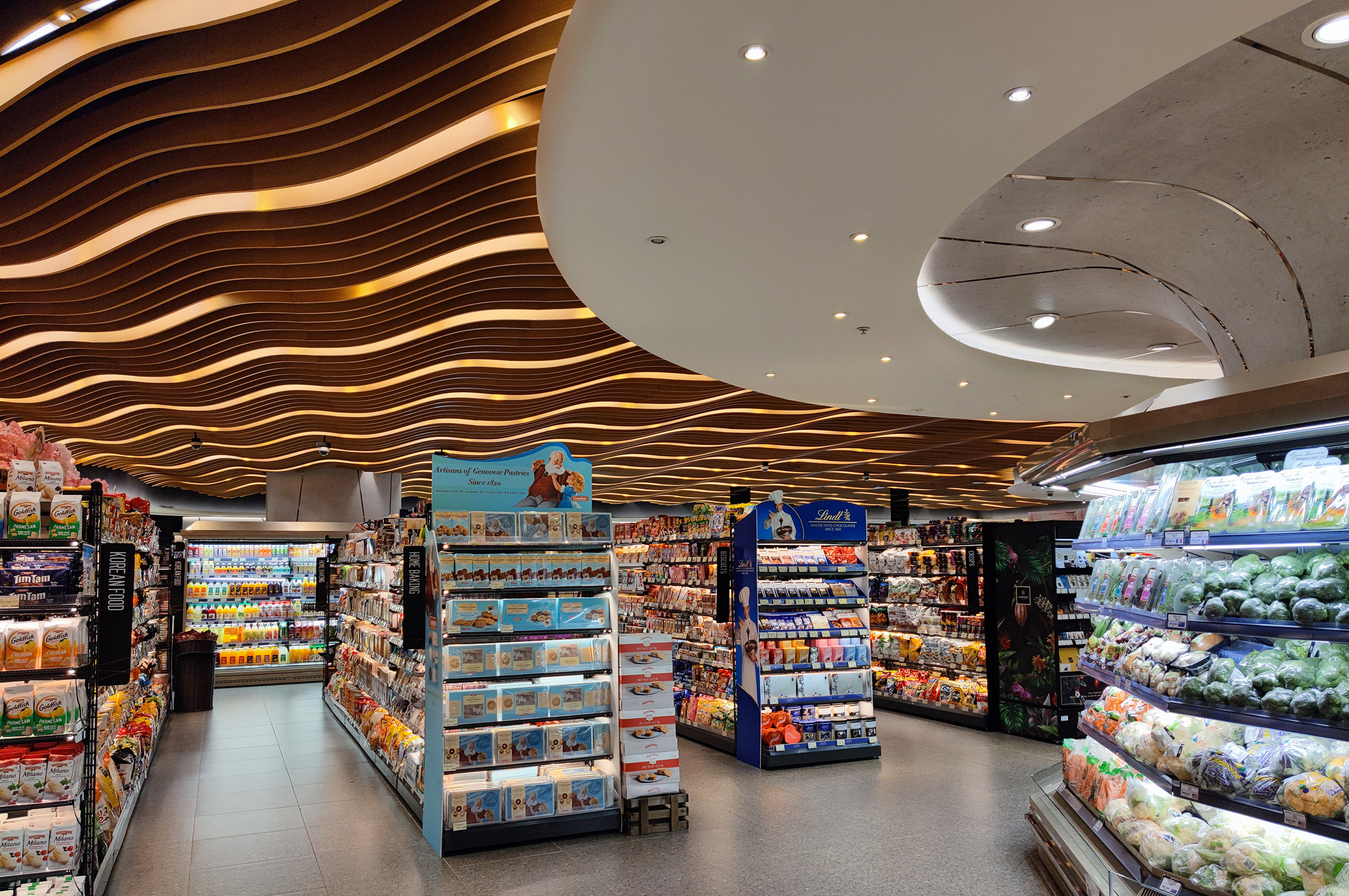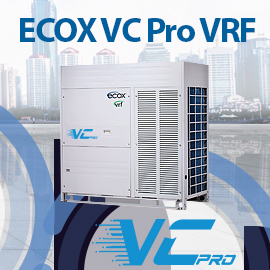
THE INTERNET OF THINGS - VRF
When we talk about the INTERNET of things (IoT - Internet Of Things), we refer to any object or device that can act as a switch, sending instructions to a device or as a sensor collecting information that it then sends to another place or device.
These devices or objects can be from buildings, vehicles, household appliances, industrial machinery, medical components and air conditioning equipment, among others; these use a wide variety of wireless communication technologies, such as Wi-Fi, Bluetooth, NFC (Near Field Communication) to connect to the Internet and other devices on the network.
IoT (Internet of Things) technology makes it possible to collect and transmit data such as temperature, location, humidity, power consumption, health status, and much more. This data can be analyzed and used to make decisions in real time, automate processes, improve energy efficiency, productivity and quality of life.
This technology has been around since the late 1990s, but since then its impact and potential have continued to grow:
- It is estimated that there will be more than 30 billion devices connected to the Internet worldwide by the year 2025 (Source: Statista)
- In 2020, the global market for IoT (Internet of Things) devices reached $215 billion, and is expected to reach $1.5 trillion by 2025. (Source: IDC)
The IoT (Internet of Things) market in the air conditioning sector is experiencing rapid and significant growth.
- According to a Research And Markets report, it is expected to grow in the next 4 years at an approximate annual rate of 28%, reaching sales of more than 9,000 million dollars by 2027.
This rapid growth is one reason that more and more IoT (Internet of Things) solutions are being implemented to improve energy efficiency, productivity and air conditioning comfort in the industrial, commercial and residential sector.
Some IoT (Internet of Things) applications for air conditioning are:
- Smart Thermostats: Smart thermostats use sensors and IoT (Internet of Things) technology to monitor temperature and adjust settings automatically to maintain a comfortable environment and reduce energy consumption and costs.
- Air quality sensors: Air quality sensors can monitor the level of carbon dioxide, humidity, and other pollutants in indoor air to adjust ventilation and improve indoor air quality.
- Real-time monitoring: systems can be remotely monitored and controlled through a mobile application or online platform or software. This allows building owners and managers to adjust air conditioning system settings remotely and receive alerts in case of problems.
The IoT (Internet of Things) can provide many benefits for air conditioning control in residences, buildings, and other environments. Some of the advantages are:
- Energy efficiency: By monitoring the use of air conditioning through the IoT (Internet of Things), ways can be identified to optimize its use and reduce energy consumption and costs. For example, systems with smart thermostat control or other control device, can automatically adjust the temperature or start or stop the system based on the presence or absence of people in a room, helping to avoid wasting energy.
- Preventive and predictive maintenance: IoT (Internet of Things) sensors can monitor the performance of the air conditioning or refrigeration system and predict when it is likely to fail. This allows technicians to perform maintenance before failures occur, helping to reduce maintenance costs and minimize downtime.
- Integration with other automation systems: Air conditioning systems can be integrated with other automation systems, such as lighting and security systems. This allows you to create a smarter and more efficient work environment.
- Comfort and convenience: Users can control the air conditioner from their mobile devices and adjust the temperature, fan speed and other settings to suit their specific needs.
While the IoT (Internet of Things) can offer many advantages for air conditioning control, there are also some disadvantages that are important to consider:
- Costs: The initial costs can be higher depending on the comparison with traditional systems. This is due to the implementation of additional equipment, sensors and devices, as well as the costs associated with installation and configuration.
- Privacy and security: Remote control of the air conditioner through IoT (Internet of Things) applications can raise some privacy and security concerns. Personal data and location information may be at risk of exposure or unauthorized use, which may compromise the privacy and security of users.
- Technology dependency: IoT (Internet of Things) air conditioning systems depend on technology for their operation. This means that if there is a network or internet service failure or power outage, the system may stop working.
In conclusion, we can say that the integration of Direct Expansion air conditioning systems, including VRF and chilled water systems, with IoT (Internet of Things) technology will optimize energy efficiency, system control and monitoring, in addition to reducing consumption. and energy costs and improve the comfort of end users in commercial, industrial and residential buildings.
Related Products
Consultant Mechanical Engineer in calculation, design and automation in VRF Systems

